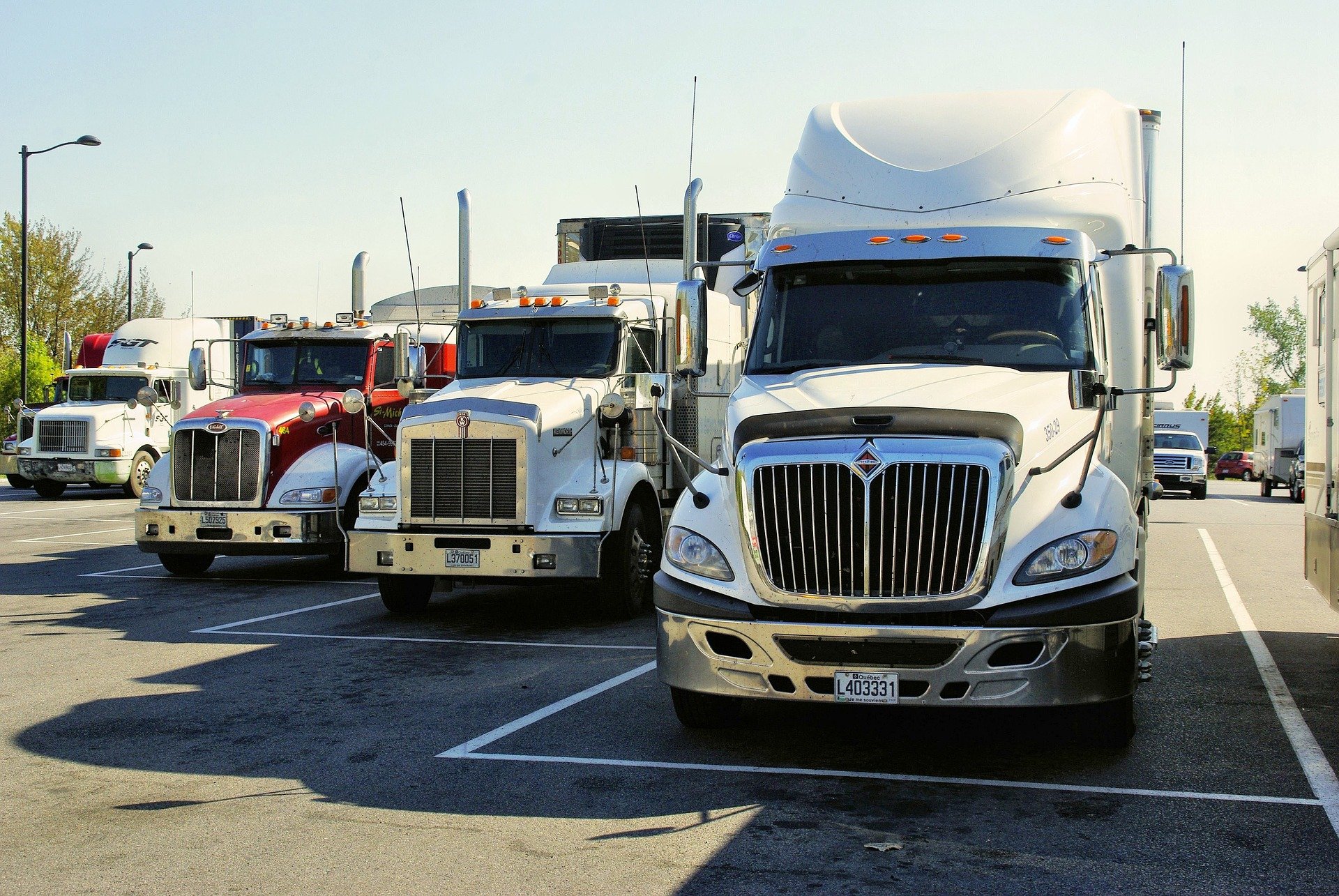
Food closeout liquidators and discount retailers are two of the biggest players in managing distressed, obsolete or slow-moving inventory. We’ve written before about how leveraging closeout resellers can be a great strategy, and about retailers that we’ve partnered with. But before we even get into the how of building consistent relationships with value-channel partners, let’s take a look at the why.
Why focus on relationships?
What’s so important about relationship building in the first place? At the end of the day it’s all transactional, right? Wrong. Let’s look at some of the biggest benefits of relationship building:
- Consistent responses: When you’ve established a relationship with a surplus food buyer, you’re likely to get much more consistent responses from them when you send out offer sheets.
- Good faith: Like any relationships, business relationships mean trusting and giving the benefit of the doubt. That means that you approach negotiations more fairly, and if someone makes a mistake then everyone is quicker to forgive.
- Established processes: When you know how a buyer works (and vice versa), you get into a routine, which means less effort and time spent on logistical back and forth.
- Supplier of choice: Most importantly, when you develop a relationship with your buyers you become a supplier of choice. That means that when buyers have multiple options or difficult buying decisions to make, they’re a lot more likely to choose you.
Eight tips for relationship building
1. Give and take
As a supplier, you’ll sometimes have items that are a bit difficult to sell. That’s when you need a buyer’s help to step up and try to sell those items. On the other hand, buyers often have items they really need, and they proactively reach out to ask suppliers if they have any of those items on their closeouts lists, and whether they can set it aside for them. This becomes a healthy and fair exchange, with buyers and suppliers helping each other out when needed. By doing a favor for your buyers when they need it, you’ll build a stronger relationship that you can depend on later.
2. Be consistent
Consistency is a two way street. You can’t expect buyers to be consistent with their responses if you aren’t consistent with offers. The more regularly you follow a cadence, and the more reliable you are, the more likely buyers are to work with you repeatedly. Consistency applies to your offer cadence, variety, volume and logistics terms. You don’t have to be perfect, but every bit helps, and consistency is a goal worth working towards.
3. Price fairly
Price is everything. No one wants to feel like they’re being taken advantage of, so it’s crucial that you play fair. Price things reasonably — not so cheap that you’re giving goods away, but affordably enough that your buyers get value out of working with you. Finding this balance might take some time, but buyers will appreciate it. Digital tools can allow you to set prices based off of previous best received price, or as a percentage of cost of goods sold or list price, giving you a great starting point for pricing.
4. Make it easier for buyers to build truckloads
Buyers get a lot more value out of a full truckload, because it means more product for the same freight costs. Partial truckloads may be prohibitively expensive for many buyers because of the logistics costs. Platforms like Spoiler Alert allow buyers to easily see truckload information when responding to offer sheets, so they can easily build full or partial truckloads based on their preferences.

5. Include detailed product information
It’s a common mistake to only include basic information about products in offer sheets. Instead, make sure you’re including brand, category and description, along with freight and storage conditions. If you have the opportunity, attaching product images or marketing collateral to your offer sheet can help buyers more easily understand exactly what they’re purchasing. That makes their lives a lot easier, and makes them appreciate you a whole lot more.
6. Invite feedback
Don’t make the mistake of assuming your buyers are completely happy with your processes and products. Instead, make sure you’re communicating with them effectively and collecting their feedback regularly. Not only will it help you improve your operations, but it will also make your buyers feel heard and respected, which is essential to a productive relationship.
7. Act quickly
When you receive offer sheets back, make sure you’re acting quickly to confirm receipt and move the process along. For food liquidators, especially with perishable inventory, time is money. Each step of the process has to move quickly to keep buyers engaged and happy, so get in touch right away about logistics.
8. Communicate effectively
This should go without saying, but sometimes it needs saying anyway. Communicate well with your buyers. That means everything we’ve already outlined — quick responses, detailed information, and feedback collection. It also means staying on top of your inbox, replying to messages in a timely manner, and keeping the right people in the loop at all times. Clarity and expectation setting are important. Make your buyers know that they’re a priority and you’ll be in much better shape.
Conclusion
Ultimately, a good buyer/supplier relationship comes down to respect. Make your buyers know how much you value and appreciate them by treating them with respect. They’re a crucial part of your business.
Whether you’re working with food closeout liquidators or discount grocers, the relationship aspect is essential.If you’re interested in continuing to strengthen your relationships with your buyers, download our new checklist, Offer Sheet Essentials, for a comprehensive list of how to present offer sheets to buyers.
.png?width=250&name=SpoilerAlert_WhiteLogo_LeftStacked%20(7).png)